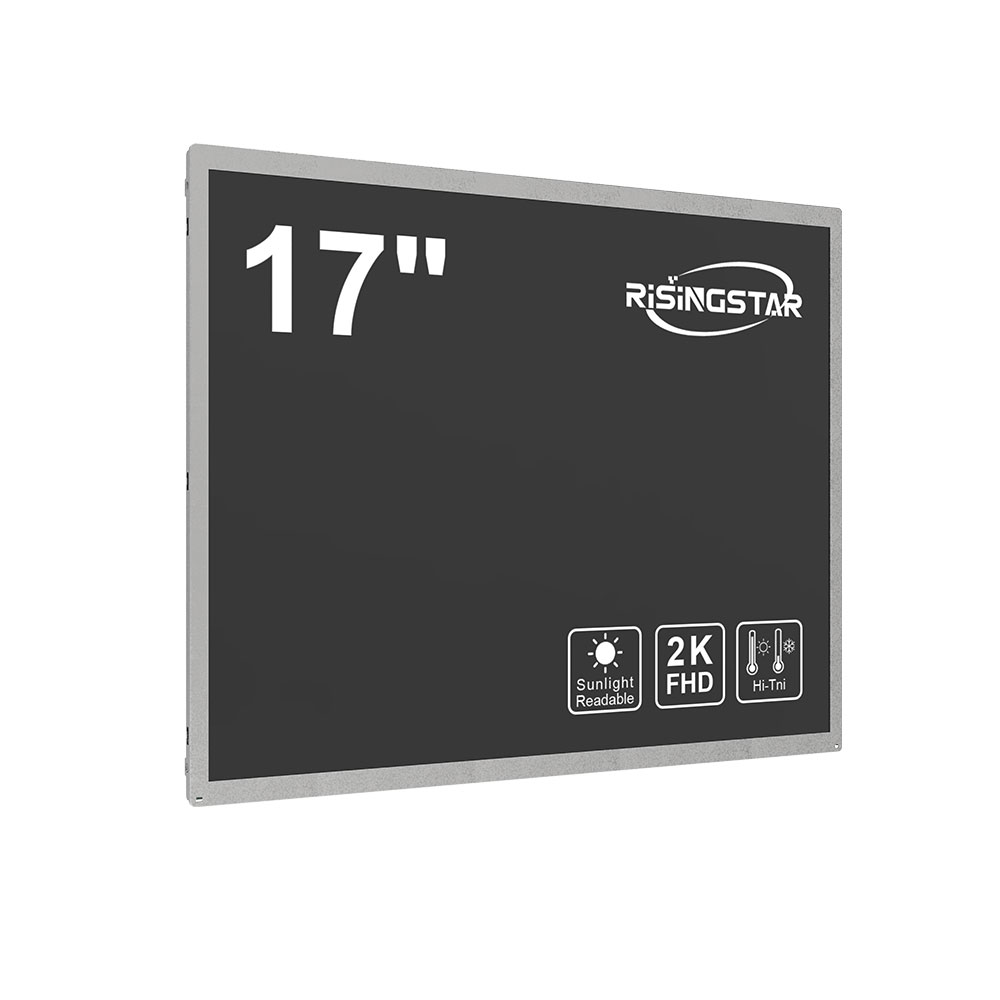
Privacy statement: Your privacy is very important to Us. Our company promises not to disclose your personal information to any external company without your explicit permission.
In the rapidly evolving landscape of outdoor digital signage and public information systems, high-brightness, sunlight-readable LCD displays have become essential components for delivering clear, reliable visuals in challenging environments. These displays are engineered to operate effectively under direct sunlight, with brightness levels typically exceeding 5,000 nits—far beyond the standard 300–500 nits found in indoor screens. This performance is critical for applications such as passenger information systems in railways, buses, trains, subways, and intercity rail networks where visibility must remain consistent regardless of ambient lighting conditions.
Manufacturers like Sharp, LG, and Samsung leverage advanced technologies including wide-viewing-angle IPS panels, anti-glare coatings, and adaptive backlighting to ensure optimal clarity. For example, in subway stations or bus terminals, these displays provide real-time updates on schedules, delays, and service alerts without being washed out by sunlight or glare from nearby windows. Similarly, EV charging kiosks benefit from sunlight-readable screens that enable users to select charging options clearly—even during peak daylight hours.

Beyond transportation, outdoor digital signage in retail, real estate, and gas stations also relies heavily on this technology. Retailers use high-brightness LCDs to attract attention in parking lots or near storefronts, while real estate agencies deploy them for dynamic property listings and open house schedules. Gas pumps now commonly integrate 10–15-inch sunlight-readable displays for fuel pricing, loyalty programs, and promotional content, improving customer engagement while maintaining operational efficiency.
The durability of these displays is equally important. They are built to meet IP65 or higher ingress protection standards, making them resistant to dust, water spray, and extreme temperatures—from -30°C to +70°C. This robustness ensures minimal maintenance and long-term reliability in harsh climates. Furthermore, compliance with industry standards such as MIL-STD-810G for shock and vibration resistance makes them ideal for mobile installations like buses and trains.
Case studies from cities like Singapore and Tokyo show significant improvements in passenger satisfaction after deploying high-brightness LCDs in transit hubs. In one instance, a major European railway operator reported a 40% reduction in customer complaints related to unclear signage after upgrading to 7,000-nit displays across its network.
For system integrators and end-users, selecting the right display involves evaluating not only brightness but also contrast ratio, color accuracy, power consumption, and compatibility with control software. The integration of smart features—such as remote diagnostics, automatic brightness adjustment, and secure firmware updates—adds value for large-scale deployments.
Ultimately, high-brightness sunlight-readable LCDs are no longer optional—they are a necessity for any outdoor digital solution aiming to deliver clear, consistent, and impactful communication across industries ranging from transport to energy and retail.
Email to this supplier

Privacy statement: Your privacy is very important to Us. Our company promises not to disclose your personal information to any external company without your explicit permission.